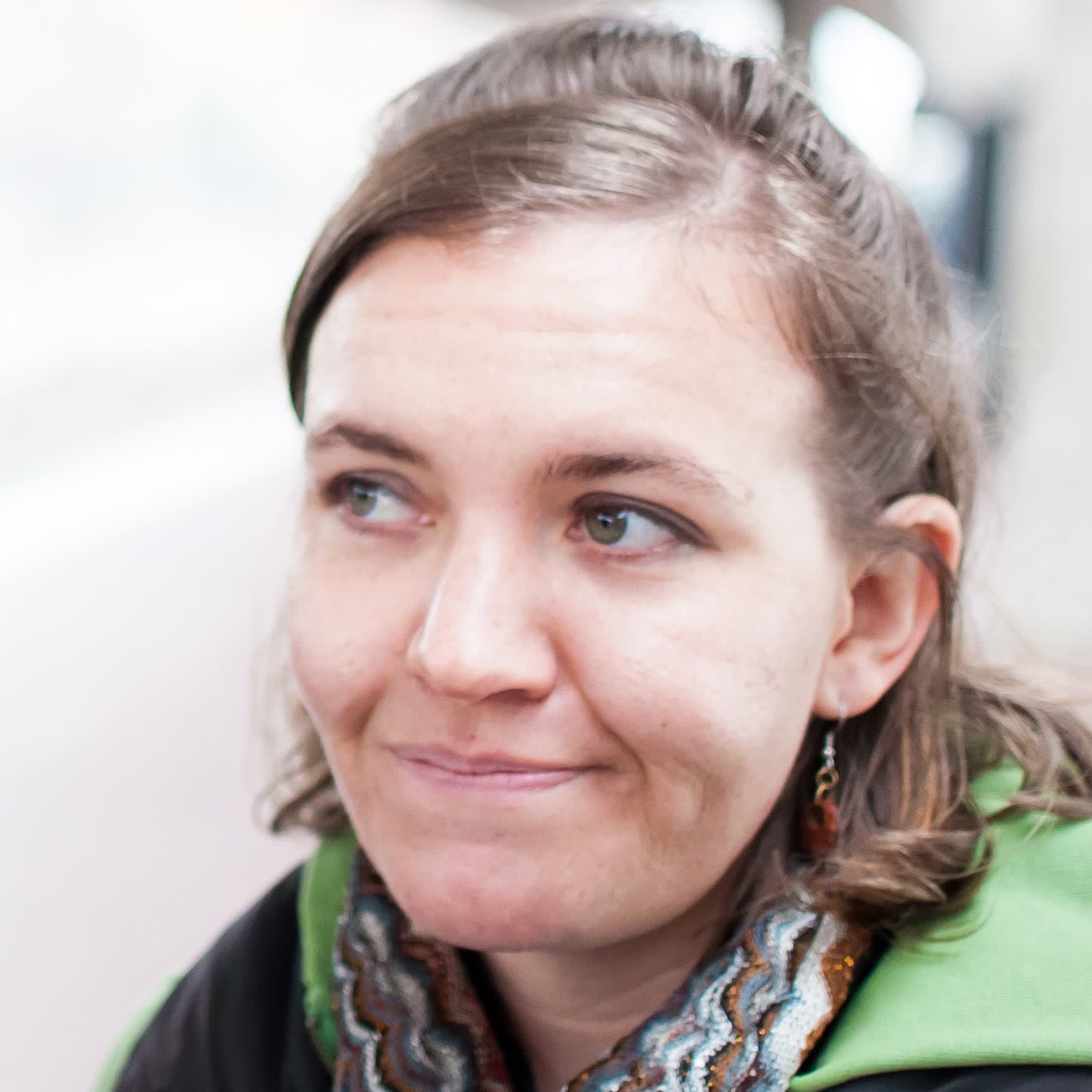Vashti Sawtelle
Pedagogical Methods Used
Peer Instruction / Think-Pair-Share, Collaborative problem-solving, Conceptually-oriented activities, Ranking tasks, Project-based learning, Guided inquiry, SCALE-UP / studio / workshop physics, Modeling Instruction, Experimentally-focused activities
Life Sciences Focus
Random motion, diffusion, entropy, Gibbs Free Energy, cellular level motion, dipoles, light, photosynthesis, DeBye screening, potential difference in cells
Education Research and Pedagogy Expertise
identity and affective states, self-efficacy, Modeling Instruction, studio physics, computational problems
Describe the courses that you teach for life sciences students
A two-semester calculus based sequence using Modeling Instruction as a pedagogical guide. We start with modeling motion and kinematics in cells and very quickly create computational models of diffusion as a series of microscopic interactions. We then iterate on this model adding energy and entropy to the model. In the second semester we begin with electrostatic interactions and dipoles and spend a full third of the course analyzing light and its interaction with biomolecules including photosynthesis.
What is your approach to teaching physics for life science students?
My course is centered around building a positive affective experience for life science students. I assume that physics is something that I have to help make relevant to these students and build my course around accomplishing that goal. The studio model supports this by leveraging guided experimental approaches to help students connect with their every day knowledge. We also use computational problems to make complex molecular interactions into math problems that can be solved through interactions between two molecules and scaled up by computational processes. This helps "simplify the math" for complex processes.
CONTRIBUTIONS
A sequence of activities to build a simulation of diffusion from principles of elastic collisions.
Conservation of Energy, Conservation of Linear Momentum, Collisions in One Dimension, Collisions in Two Dimensions, Diffusion, Brownian Motion
Cellular Dynamics, Cellular Interactions
Two lab sequence exploring electric potential from the microscopic to macroscopic
Charge, Electric Field, Electrostatic Potential and Potential Energy
Cellular Interactions






